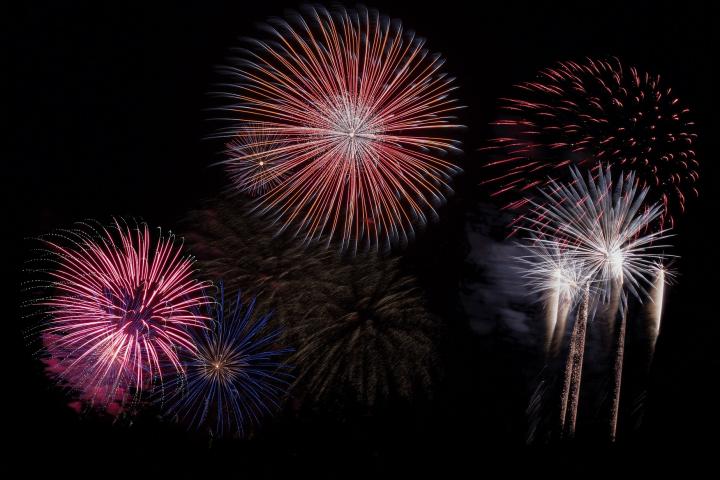
How to Have a Happy New Year Anywhere
ADVERTISEMENT
Has anyone heard or the New Year's Eve custom of Nimblefingers? When I was a child, we were instructed to leave an empty cookie sheet out on New Year's Eve. Overnight a tall thin man with long thin fingers and a tall had named Nimblefingers would fill the cookie sheet with candy and other goodies. I was told this was an old English custom, but, have as of yet to find anyone else that has heard of it.
I grew up having corned beef and cabbage on New Year's Day but my mother, and her mother and her mother, washed silver coins and poked them down into the cabbage. If you had money in your cabbage on your plate, then you'd be prosperous in the New Year. I was always told this was German but I can't find anything to confirm this.
I've read about this elsewhere, too, but it's simply not true that people in Denmark go around breaking plates and glasses on New Year's Eve.
I think we can all agree that the year 2020 has been troubling, and here's to the hope that 2021 will be better.
In the small city of Sweetwater, Florida, back in the 80s, on New Years when the clock struck 12, we ate 12 grapes, drank a little sparkling wine, and grandmother Ramona Lliraldi would toss out a bucket of water. Likewise, on my maternal side, grandmother Agueda Jimenez would do the same.These were traditions carried over from Spain, to Cuba, and into the United States.
I'm the Chaplain for Clan Leslie Society international and as for "First Footing", it was bad luck in the northeast of Scotland to have a woman or a redhead of either sex be the first person to come across your threshold after midnight on 1/1. An actual "industry" of First Footers arose - dark haired men carrying coal, dark bread, a piece of peat and whiskey - who were paid to be the first visitors to homes in order to ensure good luck in the new year. My husband is dark haired so we make him go outside and come in again right after midnight. I'm a redheaded woman, so..... ;0}
The Hub and I sleep through it. We Congratulate each other on the 1st for making it through another year and waking up, for the beginning of the next...
I watch the count down, blow up fireworks, and cross my fingers hoping that the police won't catch us. If we do escape the police, we'll have good luck for the rest of the day...
This article mentioned that it was a custom to eat pork and black-eyed peas on New Years Day. I have always heard that this tradition evolved form Sherman's March through Georgia during the Civil War. Because refrigeration wasn't available, armies were often forced to live off of the land so to speak; confiscating supplies from the locals (see plunder and pillage). The Union Army was no exception and their plight was doubly dire because virtually all of the rail road lines that could have brought supplies were destroyed. When the Union Army came upon a farm, they would often take the hogs and chickens for their own use. In order to lighten their load, they would often butcher the hogs on site leaving only the heads and entrails, thus the tradition of eating hog jowls came about. Most people have a better cut now days. The black-eyed peas are for luck because they are one of the few things that the Union Army left behind. Most of the Union soldiers had never seen black-eyed peas before and because of the large black spot on them thought that they were rotten. The New Year’s Day meal is rounded out with greens. They are traditionally collard greens, but some use mustard or turnip greens. The greens symbolize money.
Has anyone ever heard of eating pickled herring at midnight will keep money in your pockets all year?









